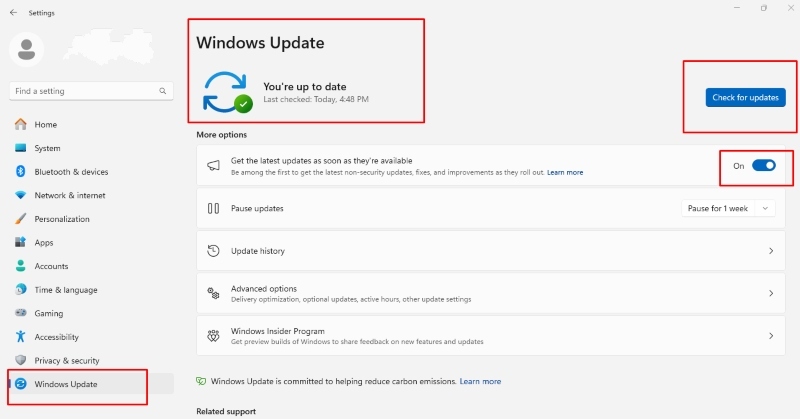Fix File Explorer Tabs Missing in Windows 11
One of Windows 11’s most welcome updates was the introduction of File Explorer tabs, finally letting users switch between folders without opening a dozen windows. But for some, this feature is missing entirely.
If you’re wondering, “Where did my File Explorer tabs go?” you’re not alone. I’ll explain why this happens and how to bring them back quickly.
Why Are File Explorer Tabs Missing in Windows 11?
There are a few common reasons for this:
- You’re running an outdated Windows 11 build
- System bugs or glitches after updates
- Corrupted system files
Let’s go over a few simple ways to fix this and get your tabs working again.
5 Ways to Fix File Explorer Tabs Missing in Windows 11
1. Check Your Windows Version
Tabs in File Explorer were introduced in Windows 11 22H2 and later. If you’re on an older build, you won’t see the feature.
How to check your version:
- Press Windows + R, type winver, and hit Enter
- If your version is lower than 22H2, update your system
To update Windows:
- Go to Settings > Windows Update > Check for updates

After the update, restart your PC and check File Explorer again.
2. Restart File Explorer
Sometimes a quick refresh is all it takes.
Here’s how:
- Press Ctrl + Shift + Esc to open Task Manager
- Find and right-click Windows Explorer
- Choose Restart
This reloads the UI and might bring the tabs back.
3. Repair System Files Using Fortect
If tabs still aren’t showing despite being on the right Windows version, it could be due to corrupted or altered system components.

Fortect is an all-in-one repair tool that can scan your Windows PC for damaged system files that prevent features like File Explorer tabs from appearing properly.
Download Fortect now.
With a real-time repair engine, Fortect can detect what’s broken under the surface and restore Windows features without reinstalling your system.
Try this if you’re facing broader system issues or if the tabs vanished after an update or crash.
4. Check Group Policy (Advanced)
If you’ve used group policy settings to tweak your UI, those might be disabling the tabbed File Explorer.
Only do this if you’re comfortable:
- Navigate to:
HKEY_LOCAL_MACHINE\SOFTWARE\Microsoft\Windows\CurrentVersion\Shell Extensions - Make sure nothing disables or overrides File Explorer behavior
If unsure, skip this step or back up your file first.
5. Create a New User Profile (If All Else Fails)
Sometimes user profiles get corrupted over time. Creating a new one can help determine if the problem is system-wide or just linked to your account.
Here’s how:
- Go to Settings > Accounts > Family & other users
- Click Add account, then set up a new local user
- Log in with the new profile and open File Explorer
If tabs show up here, your original profile may be bugged.
Conclusion
The File Explorer tabs feature can vanish for several reasons, ranging from outdated builds to system corruption. Start with simple fixes like checking your Windows version, restarting Explorer, or using tools like Fortect to repair deeper system issues.
Tabs make multitasking so much easier, and getting them back should only take a few minutes with the right approach.




